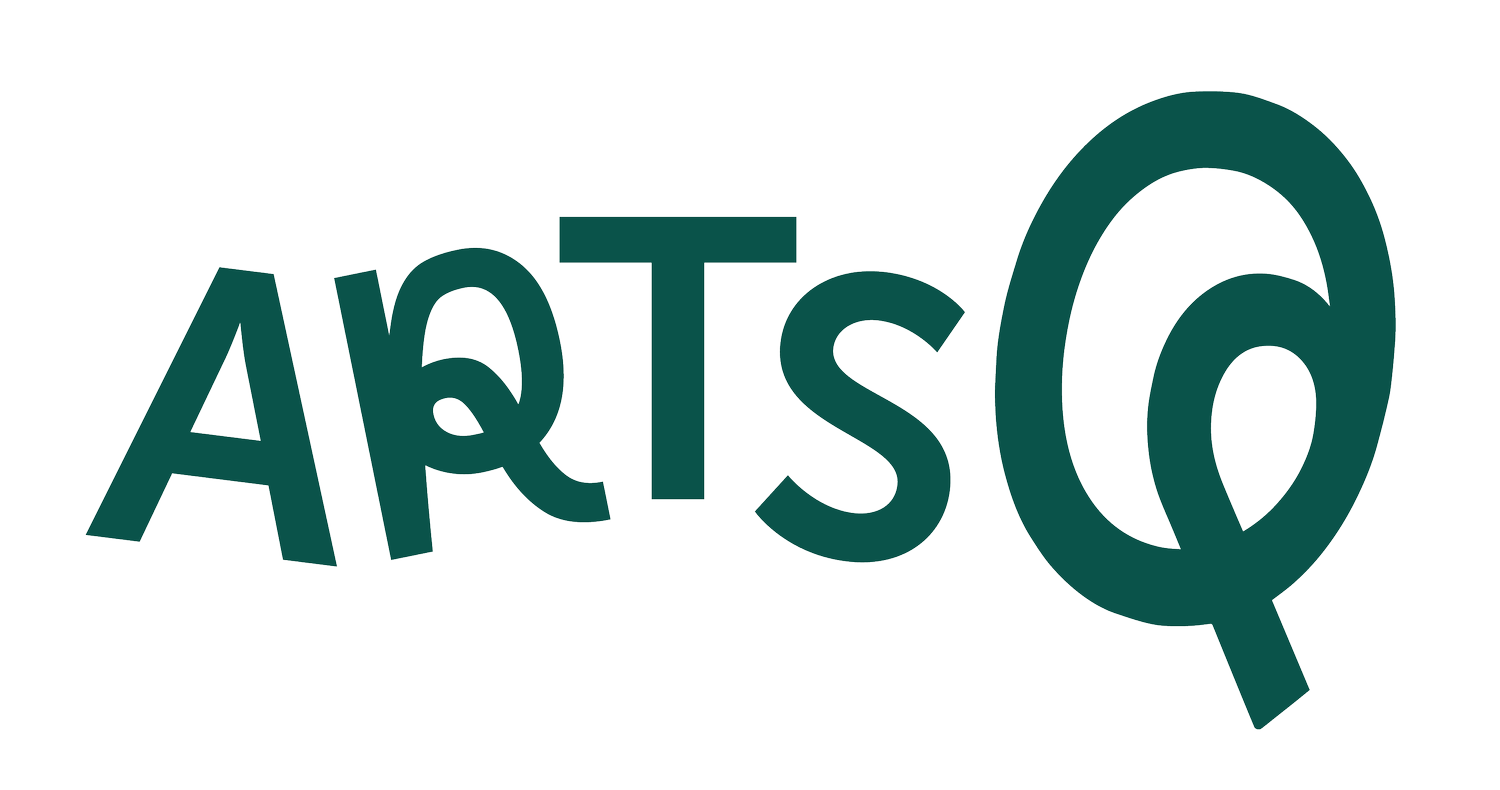Gold and silver llama figurines in the Inka Empire
Golden and silver llamas made by Inka artists more than 500 years ago in South America are tiny and shiny. They are easy to miss in a museum!
Step into The Metropolitan Museum of Art in New York City and get to know one silver llama who seems to smile. However, don't forget that llamas have a sassy side, from spitting to stubbornly lounging when they please. Using this tiny silver llama figurine, let’s dig in a little deeper to explore their fascinating history more than 500 years ago.
These cute figurines give us some insight into the powerful and massive Inka Empire, which had about 12 million people in it at its height! Llamas and other camelids helped to build that empire. It was the largest empire in the pre-Columbian Americas. Llamas provided transportation and clothing, and even contributed to the diet and agriculture of the time. The Inka honored these indispensable animals with golden and silver figurines, possibly as offerings to the gods. These figurines symbolized gratitude and reverence for the gods too. Gold represents the sweat of the sun god, Inti, and silver the tears of the moon goddess, Mama Kilya (or Quilla).
So The Met’s tiny silver llama isn't just an artifact; it's a portal into the Inka culture and a reminder of the enduring legacy of llamas in human civilization.
Main artworks discussed:
1. Miniature camelid effigy, Inka artist(s), 1400–1535 CE, alloys of silver, gold and copper, H. 2 × W. 1 1/2 × D. 1/2 in. (5.1 × 3.8 × 1.3 cm). The Metropolitan Museum of Art.
Learn more
See the llama figurine on a timeline of Central and Southern Andes, 1000–1400 CE on The Met’s Heilbrunn Timeline
For a scholarly dive into Inca figurines from the Ethnologisches Museum in Berlin, check out this article: Maria Filomena Guerra, Manuela Fischer, Martin Radtke and Uwe Reinholz, “Inca figurines from the Ethnologisches Museum in Berlin: an analytical study of some typical and atypical productions”, Bulletin de l'Institut français d'études andines [Online], 46 (1) | 2017. DOI: https://doi.org/10.4000/bifea.8232
National Learning Standards
World History
NSS-WH.5-12.4 ERA 5: INTENSIFIED HEMISPHERIC INTERACTIONS, 1000–1500 CE
